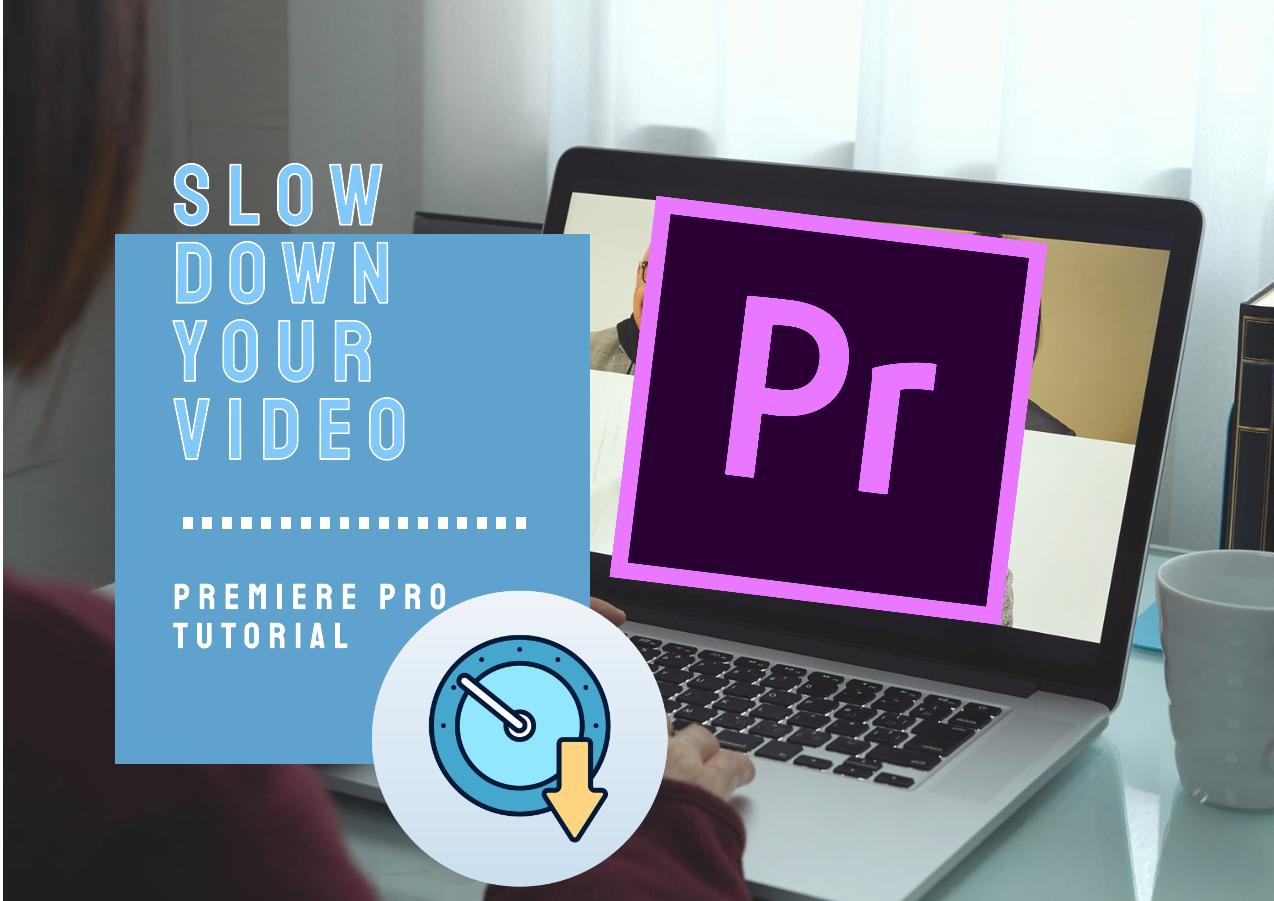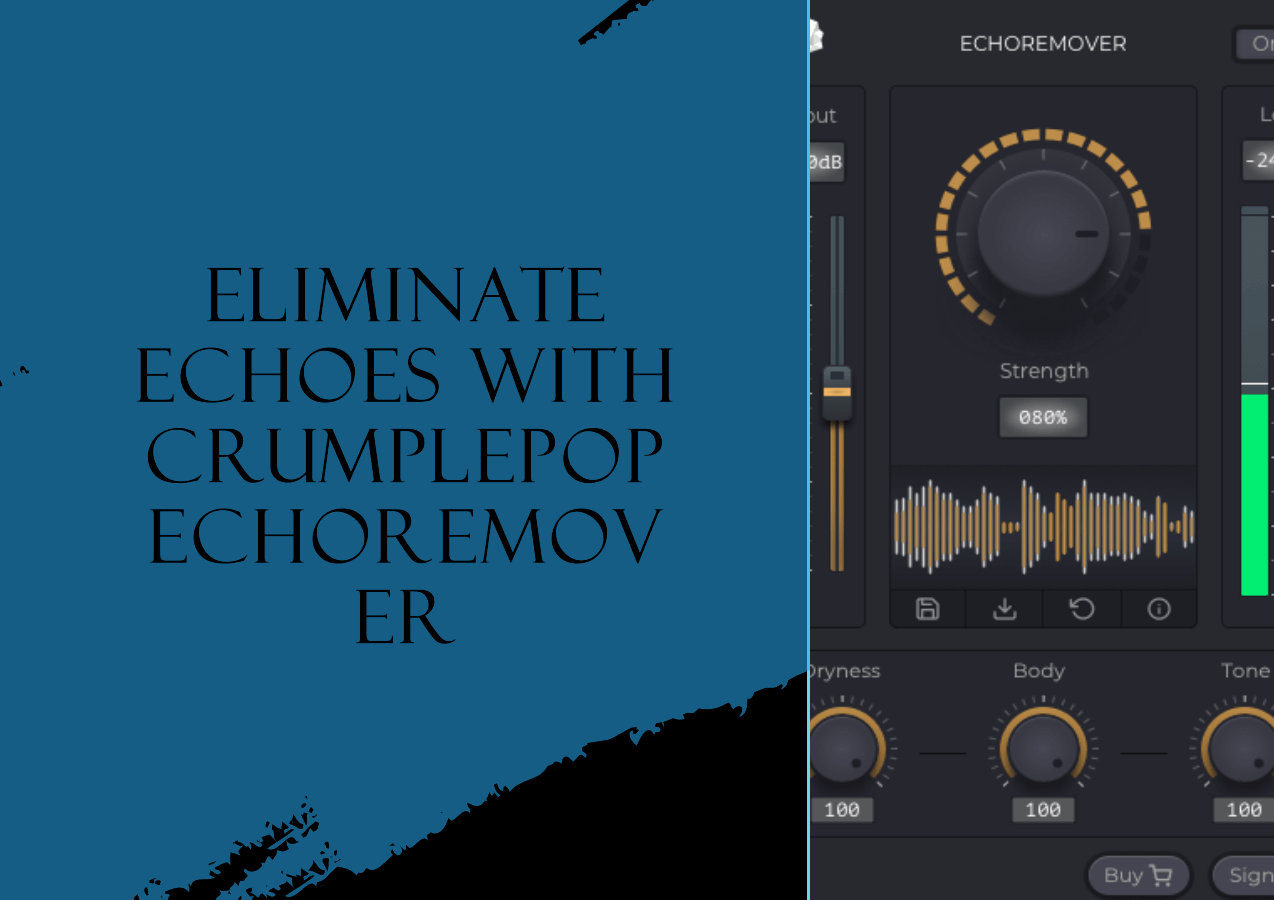-
Jane is an experienced editor for EaseUS focused on tech blog writing. Familiar with all kinds of video editing and screen recording software on the market, she specializes in composing posts about recording and editing videos. All the topics she chooses are aimed at providing more instructive information to users.…Read full bio
-
![]()
Melissa Lee
Melissa Lee is a sophisticated editor for EaseUS in tech blog writing. She is proficient in writing articles related to screen recording, voice changing, and PDF file editing. She also wrote blogs about data recovery, disk partitioning, data backup, etc.…Read full bio -
Jean has been working as a professional website editor for quite a long time. Her articles focus on topics of computer backup, data security tips, data recovery, and disk partitioning. Also, she writes many guides and tutorials on PC hardware & software troubleshooting. She keeps two lovely parrots and likes making vlogs of pets. With experience in video recording and video editing, she starts writing blogs on multimedia topics now.…Read full bio
-
![]()
Gloria
Gloria joined EaseUS in 2022. As a smartphone lover, she stays on top of Android unlocking skills and iOS troubleshooting tips. In addition, she also devotes herself to data recovery and transfer issues.…Read full bio -
![]()
Jerry
"Hi readers, I hope you can read my articles with happiness and enjoy your multimedia world!"…Read full bio -
Larissa has rich experience in writing technical articles and is now a professional editor at EaseUS. She is good at writing articles about multimedia, data recovery, disk cloning, disk partitioning, data backup, and other related knowledge. Her detailed and ultimate guides help users find effective solutions to their problems. She is fond of traveling, reading, and riding in her spare time.…Read full bio
-
![]()
Rel
Rel has always maintained a strong curiosity about the computer field and is committed to the research of the most efficient and practical computer problem solutions.…Read full bio -
![]()
Dawn Tang
Dawn Tang is a seasoned professional with a year-long record of crafting informative Backup & Recovery articles. Currently, she's channeling her expertise into the world of video editing software, embodying adaptability and a passion for mastering new digital domains.…Read full bio -
![]()
Sasha
Sasha is a girl who enjoys researching various electronic products and is dedicated to helping readers solve a wide range of technology-related issues. On EaseUS, she excels at providing readers with concise solutions in audio and video editing.…Read full bio
Content
0 Views |
0 min read
Imagine this: you're recording an interview or a podcast, but continuous traffic noise outside is disrupting your masterpiece. Don't worry, we've found some methods to help you create studio-quality audio. In this comprehensive guide, we will explore ways to minimize traffic noise at various stages of recording.
This article will explain how to avoid traffic noise in recordings from two major aspects: prevention and post-production. These practical methods are suitable for anyone who doesn't know anything about audio editing but wants to enhance audio quality.
Before Recording
1. Find/Create a Quiet Location
If you need to record high-quality audio, the first step is to choose a quiet location. Avoid busy streets and areas with heavy traffic. If you are unable to move, try to make a calm environment yourself. Use heavy curtains, soundproof panels, or acoustic foam to absorb sound and reduce echoes, place carpets, cushions, and soft furnishings in the room, and isolate the space by caulking windows and doors. Turn off or unplug any appliances or electronic devices that might produce background noise, such as fans, air conditioners, and refrigerators.
2. Invest in a Quality Microphone
This part is also quite nuanced. Microphones are divided into types like condenser microphones, dynamic microphones, ribbon microphones, etc. Depending on the purpose, recording environment, and different pickup patterns, everyone's choice varies. To achieve better audio quality, it's advisable to invest in a microphone that offers the best quality within your budget.
3. Determine the Microphone Placement
You need to continuously adjust the microphone's position to determine the most suitable location. You can quickly determine the position by doing the following:
- 1. Place the microphone away from noisy environments, such as near windows or air conditioning.
- 2. Position it close to the sound source to avoid distortion or popping sounds. This can help capture a strong and clear signal while minimizing the impact of room acoustics.
- 3. Maintain a consistent distance between the sound source and the microphone. If you're recording vocals, keep the microphone about 6-12 inches from the mouth. For instruments, experiment to find the optimal distance.
You might also be interested in this:
How to Remove Background Noise from Mic [Windows/Mac/Android]
Enhance your audio quality with effective tools on how to remove background noise from the mic. Here are the step-by-step guides of tools for Windows, Mac, and Android devices.
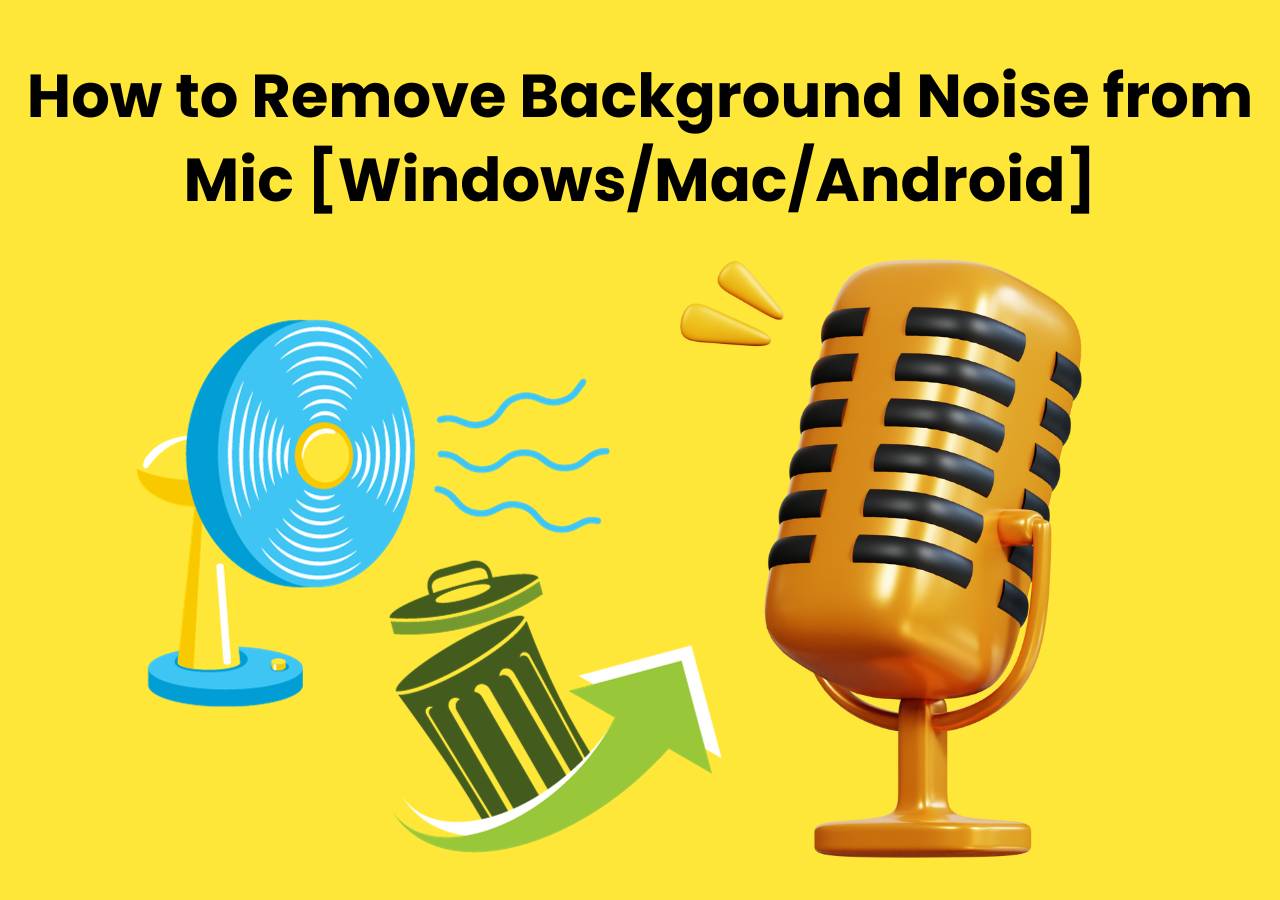
After Recording
Use Background Noise Removal Software
If you discover traffic noise in your audio recordings, the simplest and most convenient solution is to use background noise removal software. Most digital audio workstations (DAWs), such as Adobe Audition and Audacity, include noise reduction functions, but they are not usually tuned to specific forms of noise. However, these technologies frequently have a steep learning curve.
On the other hand, specialized online tools designed for background noise removal can efficiently eliminate a wide range of background noises. Take EaseUS Online Vocal Remover, for example. As its name suggests, it can remove noisy human voices from audio recordings. But it's not limited to that; it can also remove breathing from video, reduce echoes or audio popping noise, and more various noises, and even remove music from the voice recording. The entire process is extremely straightforward. This is because it leverages artificial intelligence (AI) to automatically identify vocals and background noise, delivering studio-quality audio effects in a few seconds.
If you're looking for an online noise removal tool, give EaseUS Online Vocal Remover a try. You can safely access its official website through the button below.
Below are the detailed steps to use it.
Step 1. Visit the website and select the "Noise Reducer" option.
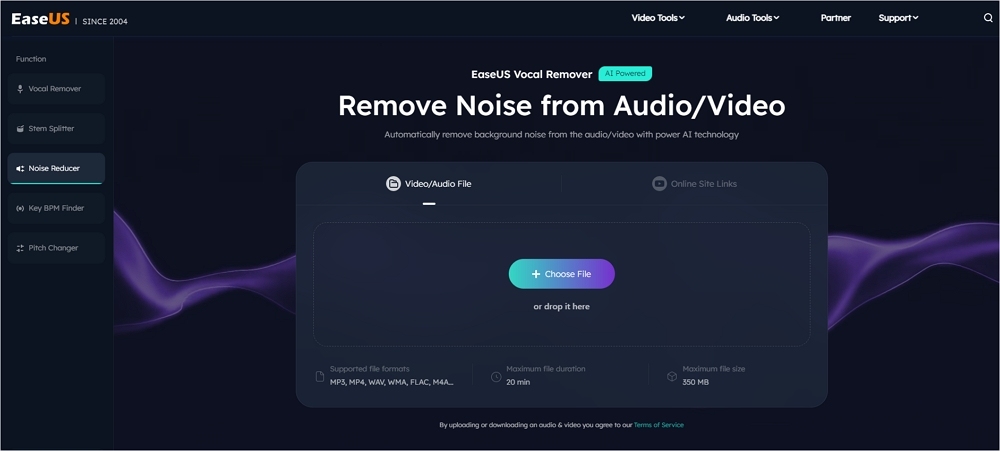
Step 2. Click "Choose File" or drag and drop the file in the area and wait for the AI analysis.
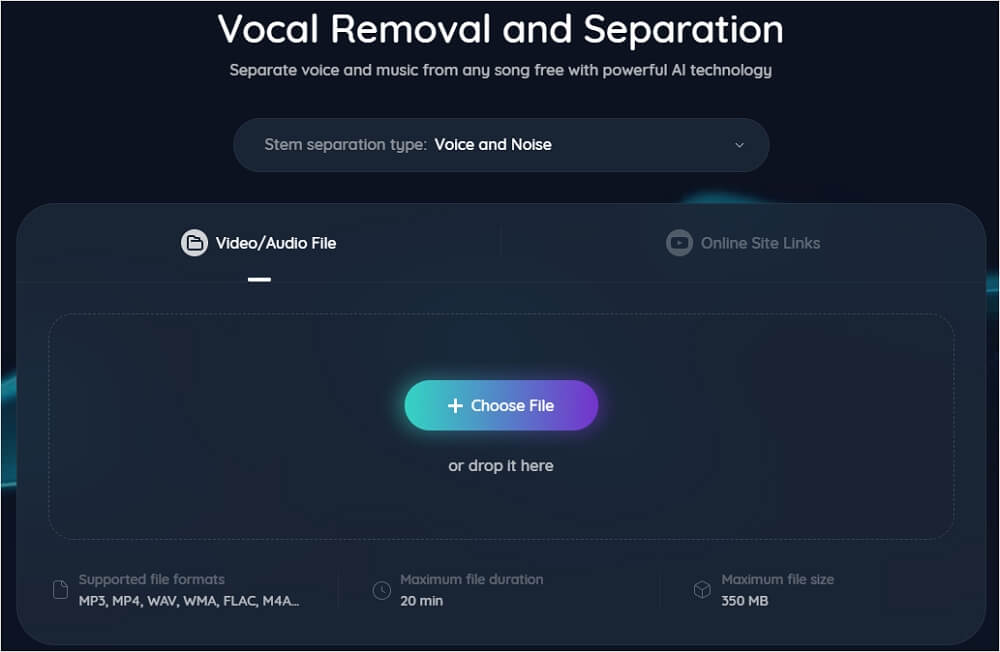
Step 3. Download the final work with noise removed.

In Conclusion
The article above covers methods from noise prevention to post-processing so you can find solutions to clean up audio. You can apply the methods mentioned above to address your next recording. If your current audio has noise, you can use EaseUS Online Vocal Remover without hesitation. Try to get access to its website via the button below.
FAQs on How to Reduce Traffic Noise in Recording
The next part answers frequently asked questions regarding this issue. I hope they are helpful.
1. How do I reduce traffic noise in a video?
You can take various measures to reduce traffic noise in your video, including soundproofing your recording space, using noise reduction software, and recording during quieter times.
2. What is the best way to reduce traffic noise?
If there is already traffic noise in your audio, the best method is to use noise reduction tools like EaseUS Online Vocal Remover.
3. How do I denoise background noise in a video?
To eliminate background noise in a video, you can use video editing software with noise reduction features. Import the video, then apply the noise reduction tool in the editing software to filter out unwanted background noise. Adjust the settings to achieve the desired level of noise reduction.
4. How do I remove audience noise from audio?
Minimizing audience noise in audio can be challenging, but you can take several steps to do so. First, instruct the audience to remain as quiet as possible during recording. You can also use directional microphones to focus on the subject and reduce crowd noise. In post-production, you can further reduce audience noise using the noise reduction features of audio editing software.
➡️If you have further questions, please share them with us on any social media channel.

